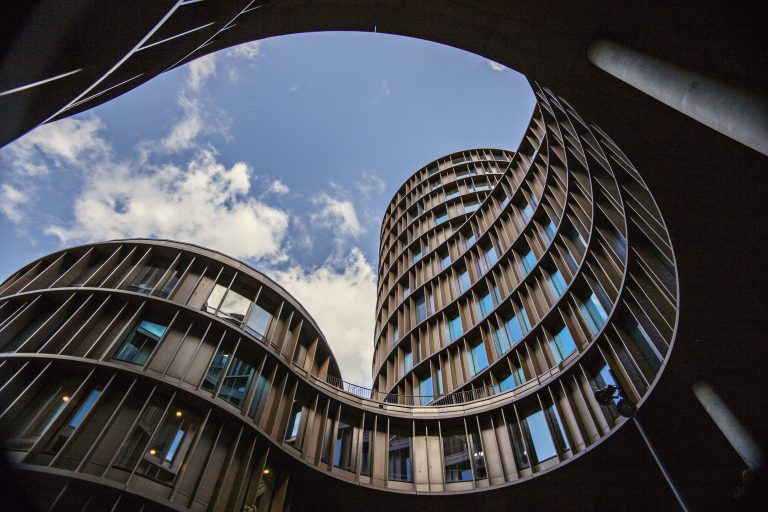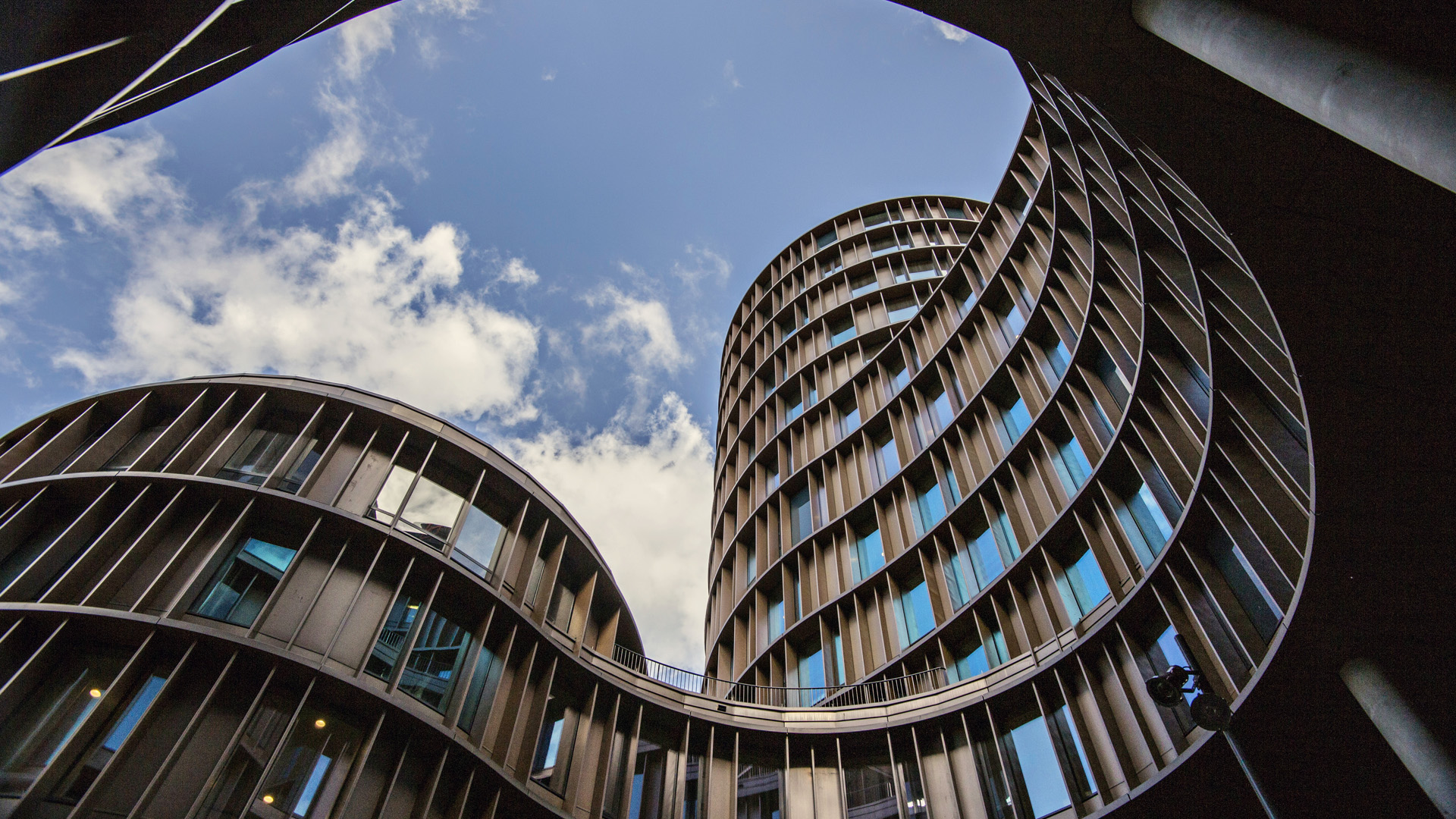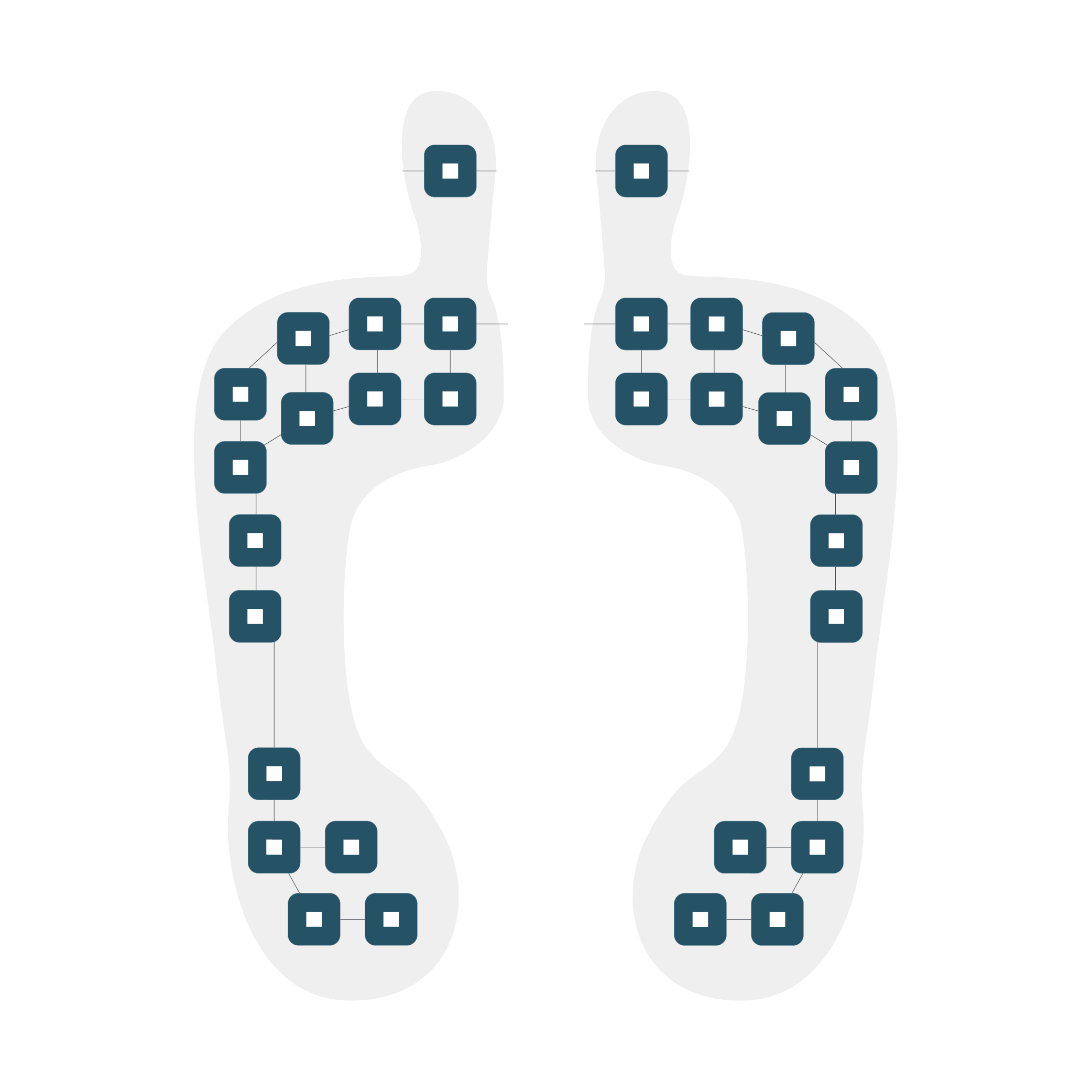The Construction Industry is being pushed towards the zero-emissions goals that global cities are expected to achieve. It is also expected to provide safer structures that withstand various disasters and will remain upright and habitable for the next 30 years. How do we get there? Artificial Intelligence, Watson.
Driving Forces Behind Sensing AI in Construction
Increase in Demand of Construction Projects: Population growth is driving the need for more construction, but these structures require connectivity for safety. AI can effectively ensure infrastructural security while also making cities smarter to keep up with growing demands.
Demand for Innovation: Civil engineering must find innovative ways to manage sustainability concerns and materials availability. As is the case in self-healing concrete, photovoltaic glaze, and kinetic roads. Sensing AI is used in combination with these technologies to monitor and maintain effectiveness.
Demand for Improved Safety and Efficiency: Construction projects are usually time-consuming, expensive, and can be dangerous. Smart sensors, with their ability to monitor environments in real-time can help alleviate all these factors by determining the safest, most economical path for the job.

Project Design and Planning
The planning phase of a project holds immense importance in infrastructure development, as it sets the pace for the project’s budget and timeline. Any significant changes during this stage can lead to cost overruns or delays that cascade into subsequent project phases.
By integrating smart sensors with AI capabilities, architects and engineers can receive valuable insights into designing more efficient and environmentally sustainable buildings. Using sensor data, we can design alterations aimed at reducing energy consumption and minimizing environmental footprints.
This technology minimizes errors and ensures that organizations align with their business objectives by collecting data on various task aspects, such as labor, material requirements, and budget. It then manages these aspects across multiple worksites, enabling real-time assessments and analyses of resource allocation. AI can account for variables that may lead to such situations and provide precise data on the project lifecycle, thereby optimizing resources, material design, scheduling, and planning.
Structural Health Monitoring and Maintenance
AI algorithms are increasingly used in building automation tasks such as monitoring air quality and detecting equipment failure, which can help identify maintenance needs before they become major issues.
This is achieved using IoT sensors that supply real-time data, which is analyzed using AI algorithms. Engineers are then presented with factors that could affect a structure’s integrity, allowing them to improve safety, efficiency, and reliability throughout its lifespan. Merging sensing AI with the IoT ensures that these futuristic, intelligent buildings are also adaptive in their ever-changing environments.
A prime example is installing IMU on bridges or roads that send data to AI algorithms, which can predict when repairs or upgrades will be needed.
In this case study, we look at 221e’s collaboration with Gruppo Centro Nord where structural health monitoring was performed in order to analyze the effects of certain variables on transport infrastructure. By attaching IMU sensors to the structure, we were able to quantify results that could assist in performing predictive maintenance, thus prolonging the lifetime and security of the infrastructure.
In addition, AI-based systems such as this one is being developed for predictive maintenance. This involves analyzing sensor data on various systems across an infrastructure network. The data analyzed can include environmental factors, such as climate change, and important structural elements. This allows for preventative repairs to ensure that assets are maintained in optimal working conditions for as long as possible.
Devices equipped with AI technology can also provide data snapshots of damaged infrastructure, which can be analyzed to provide damage assessments and prioritize maintenance efforts in case of seismic activity.
Digital Twin Technology
A Digital Twin is a virtual representation of a physical asset, process, or system. It incorporates engineering data to help us understand, model, and analyze performance of physical assets. The value of a digital twin is in its connection to the actual asset and its ability to instantly reflect any changes.

- Enhanced Collaboration: Digital Twin technology allows for a two-way flow of data, from the field to the twin and vice versa. Accurate, real-time data is supplied to all team members, which allows for immediate decision making and less unwarranted field trips.
- Cutting Costs: DT tech significantly reduces costs by enabling early detection of issues on construction site, reducing the need for revisions and increasing efficiency.
- Safety & Security: Construction workers operate under elevated risks compared to other professions so worker safety must be at the forefront of any project. AI-embedded sensors help by tracking and assessing workers’ activities in hazardous areas and evaluating the safety of heavy loads.
- Simplified Handover: Digital twin tech simplifies this incredibly difficult practice by validating all the as-built deliverables. This data is accurate and reliable, which is important for the operation and maintenance of the structures.
- Maintenance: The role a digital twin plays in maintenance doesn’t end after construction. It is beneficial throughout the lifespan of the structure, identifying areas of possible structural failure and conducting appropriate remedial actions if sensors are utilized for monitoring.
Worker Health and Safety
Safety in the construction industry is paramount, as mistakes could cause workers their lives or their livelihoods. Statistics have shown that the construction industry accounts for a significant proportion of workplace injuries globally.
Mitigating these risks demands a change in behavior from both management and on-site staff. Risk assessments must be conducted, and appropriate Personal Protective Equipment (PPE) must be provided for workers. Equipping PPE with smart sensors goes the extra mile, and innovative technologies like NeuraTrack, with its man down alerts, long-range connectivity and geolocation capabilities, illustrates how sensing technologies can improve safety. Promoting a culture of safety on construction sites means implementing mandatory safety training programs so workers understand risk avoidance and proper procedures.
Conclusion
The fusion of sensing AI, the IoT and construction has yielded many effective practices that make a difference in the areas of infrastructure creation, including the processes and materials we employ. This partnership is one that is making our cities smarter, greener and safer by introducing increasingly connected and intelligent structures. As a result, we are becoming more informed about how we interact with our environment and patterns of resource consumption in our cities.

